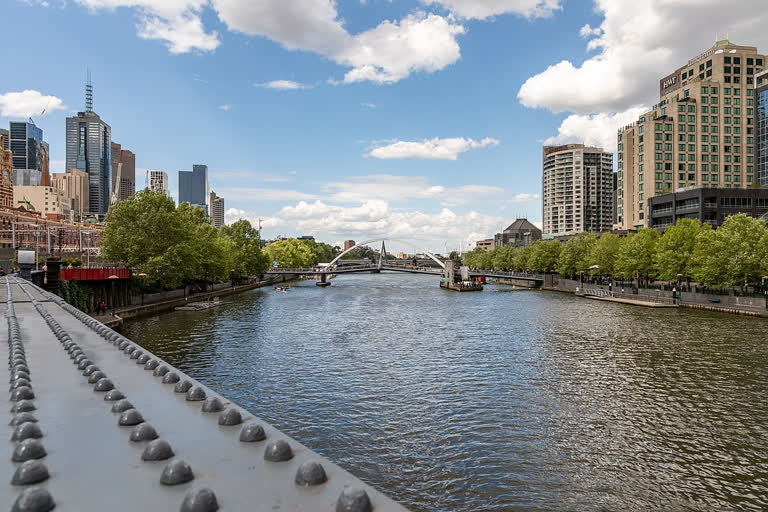Melbourne (Australia):Australia hasn't embraced the rights of nature movement with the same enthusiasm as some overseas jurisdictions, but a law setting out to protect Victoria's Yarra River (Birrarung, as it's known to Traditional Owners) offers a case for more buy-in from legislators.
The Yarra River (Birrarung) law has been identified by the United Nations as a legislative example of the rights of nature. Comparable laws abroad might go further, but the law signifies a shift in the way governments think about protecting natural environments. The law covers the river and certain public land in its vicinity for the purpose of protecting it as one living and integrated natural entity, a holistic view that is consistent with the Traditional Owners' understanding.
The preamble, which has been written in both English and the Traditional Owners' language of Woi-wurrung, states that the Birrarung is alive, has a heart, a spirit and is part of our Dreaming. The law also looks into the future, requiring a long-term (50-year) community vision and a strategic plan to guide future decision-making about the Yarra River (Birrarung).
But Victoria's law differs from many global rights of nature cases in not granting the Yarra River (Birrarung) legal status, meaning it has no enforceable legal rights. Contrast this with New Zealand's Whanganui River, which has all the rights, powers, duties and liabilities of a legal person, with an entity to act in its name. This means that, if waste were to be dumped in the Whanganui River, a representative of the river can take action in court.
Were this to happen in the Yarra River (Birrarung), the pathway to accountability is more convoluted. However, what the Yarra River (Birrarung) law does is set out a number of principles to guide decision-making about the river which emphasise environmental, social, recreational and cultural values rather than economic values.
